#AutonomousVehicles
You'll Have to Pry the Steering Wheel From Porsche's Cold, Dead Hands
Like BMW, which aims to keep gas-powered M cars in production for as long as humanly possible, Porsche is also making a commitment to motoring purity in the face of new technologies and government overreach. That circular device positioned in front of the driver? Porsche wants to keep it there.
The specter of Big Government and Big Safety conspiring to kill non-autonomous motoring is a real fear, one that’s been talked about more than a little here at TTAC. Call it the Red Barchetta scenario.
Porsche seems aware of it, too, though it tiptoes around the entity at the center of the issue. Nevertheless, the automaker claims a future Porsche “will be one of the last automobiles with a steering wheel.”
FCC Prepares Repeal On Net Neutrality: Autonomous Car Victory or Orwellian Nightmare?
You’ve no doubt heard about net neutrality over the last few years. But, in case you haven’t, net neutrality is the principle that forces Internet service providers to treat all data on the Internet equally. It forbids them from discriminating on subject matter or charging different fees based upon the user, site content, website, platform, application, or method of delivery. Essentially, it makes the internet into a tap where you pay one flat fee for access to all content.
That could soon change. On Tuesday, the chairman of the Federal Communications Commission announced plans to repeal the landmark neutrality order from 2015. FCC head Ajit Pai, a Republican appointed by President Donald Trump in January, said last year that he believed net neutrality’s “days were numbered.”
Pai has been criticized for being overly supportive of telecom companies. But a few automakers support his cause, as some of the FCC’s regulations have been at odds with autonomous car development.
General Motors to Build Two Bolt-based Crossovers, Considers the Data-mining Business
General Motors CEO Mary Barra outlined the company’s vision of the future at the Barclays Global Automotive Conference in New York on Wednesday. While the majority of her speech adhered to GM’s current mantra of “zero crashes, zero emissions, and zero congestion,” we also got a taste of what that thinking might yield on a shorter timeline.
In early October, GM expressed its intention to launch 20 new electric vehicles by 2023. However, we didn’t get any specific details on the matter. That changed this week. Barra claims the manufacturer will introduce three new electric models by 2020, with two of them being crossovers. The trio will share share basic components with the Chevrolet Bolt.
No Fixed Abode: Keep On Hittin' That Shuttle
Did you hear the one about the autonomous shuttle in Las Vegas? It ran for two hours before it was in a crash.
Did you hear the clarifying detail? The crash was not the shuttle’s fault and the other driver was cited.
Did you get the underlying message of all this? The hybrid model of autonomous vehicles sharing the road with human drivers is doomed to failure.
The only question is this: How much damage will have to be caused, and how many lives will be lost, before we accept that?
Video: Check Out Waymo's Self-Driving Cars in Action
After spending most of last week showing off its tech to the media, Waymo is launching its driverless pilot program in Arizona. While the rides won’t technically begin for a few months, you can already get a taste of the action via video footage of company’s trio of testbed Chrysler Pacificas.
It’s impressive to see the Pacificas not run down any pedestrians, especially since none of them seemed to notice being approached by a van without a driver.
During a keynote speech at a tech conference in Lisbon, Portugal, Waymo CEO John Krafcik showed video of the firm’s test vehicles operating on public roads without any human supervision. “This wasn’t just a one-time ride or a demo,” Krafcik told the crowd. “What you’re seeing now marks the start of a new phase for Waymo and the history of this technology.”
Is Human Involvement a Liability When It Comes to Autonomous Driving?
Commuting is awful. Unless you’re fortunate enough to have spartanly populated backroads between you and the office, that drive to work can be excruciatingly dull — with the only excitement coming from near misses and whatever terrible jokes drive-time radio offers up during that hour. When you get right down to it, most daily commutes are little more than unpleasant ways to add miles onto the odometer.
Of course, with the promise of autonomous driving, that experience is supposed to transform into a worry-free jaunt. But there’s a problem. Most self-driving systems of the near future will require operators to pay roughly the same amount of attention they do now. After all, if your car miscalculates a situation, you’ll want to be ready to take over the instant something seems awry. If that’s the direction we’re heading with this technology, I’m starting to think it might just be easier to automate all of our jobs instead of the the method we use to get to them.
However, at least one self-driving firm has abandoned the development of features that would require human intervention — leaving the car to make up its own mind in an emergency situation.
Self-driving Cars Head to Michigan For Winter Testing
There’s something we don’t often hear about when companies discuss the glory of the autonomous car: the lack of functionality of specific hardware during inclement weather.
Camera systems can be rendered ineffective when covered with ice and snow cover of an inch or more can easily obscure lane markings, leaving self-driving cars at a serious disadvantage. LiDAR, which operates using light beams, can be severely thrown in fog or whiteout conditions. Even if a blizzard doesn’t knock out the vehicle’s sensor array, its computer will still have to know how to mitigate slippery road surfaces.
Whether you’re human or machine, winter driving is extremely taxing. But technology companies hoping to build a self-driving car eventually have to move into snowy regions to advance testing. Some of the bigger automakers already have. Ford, for example, has begun extensive regional mapping — hoping to give cars handicapped by poor visibility a leg up.
Waymo has also decided it’s time to throw on a parka and winter tires. It’s heading to Michigan to start cold-weather testing next week.
If You're Wondering Why Automakers Can't Stop Talking About Mobility, Wonder No More
“Mobility” is easily the most overused term in today’s automotive vernacular. Despite being incredibly nonspecific, executives can’t help but make it the bookend of most speeches involving long-term goals and production stratagems. But why?
The term itself pertains more to the industry itself than the specific products it’s developing. While “mobility” can be applied to any conveyance with a technological bent, the word also represents a company’s ability to move into other areas of business. And that’s what gets the investors and market analysts tugging at their collective collar, damp across the brow, so red hot they can’t help but raise the stock valuation of any company that seems poised to make a big move.
Tesla’s entry as novel manufacturer with a unique product was enough to send its share price through the roof, and established automakers took notice. Despite Mark Fields’ best attempt to rebrand Ford as a tech company, he couldn’t bottle that same lightning and paid the ultimate price — getting fired. However, General Motors may be succeeding where Ford initially failed. The proof of the pudding is how high its share prices continue to climb.
Waymo Drops Comprehensive Self-Driving Safety Assessment, Tries to Educate Public
Autonomous cars have the unique capability to captivate the public’s imagination while simultaneously making them feel uneasy after considering things on a more practical level. A handful of self-driving related accidents, inconsistent development timetables, and a hands-off regulation strategy haven’t helped. But there is a sense that if the populace had a better handle on what went into making the technology work safely, some of their fears would be put to rest.
This week, Waymo — the relatively quiet autonomous vehicle arm of Alphabet Inc. — made an attempt to do just that. While also making a case for itself and the need for self-driving cars, the company released a 42-page outline of how its autonomous systems function. Written without a lot of technical jargon, the reading remains comprehensive and is one of the best attempts we’ve seen from a company to educate the public — rather than dazzle them with lofty promises.
Volkswagen Dumps $1.7 Billion Into Development of Electric Buses, Commercial Trucks
Having already dropped itself into an ocean of electric car R&D, Volkswagen is now making plans to develop battery-powered commercial vehicles aimed at servicing urban areas where public officials are having night terrors about air quality.
Jürgen Stackmann, VW’s board member responsible for sales and marketing, promised the company would be at “full steam” on EV production and development by 2020. That includes a battery-only option for “all styles and body types” by 2030, according to Stackmann. But the brand wants to have something similar on the table for trucks and buses before then.
Volkswagen Truck & Bus is investing 1.4 billion euros ($1.7 billion) into new electric drivetrains for use in both medium and heavy-duty distribution transport and city buses. While that development will go toward European vehicles initially, VW and strategic partner Navistar will use the “e-drivetrain” platform on U.S.-based electric trucks from 2019 onwards.
Autonomous Cars Make People Uncomfortable - What Can Manufacturers Do About It?
There’s nothing that will convince me that the first wave of autonomous taxis will be anything other than mobile biohazards, providing a slightly less convenient solution to paying a man to let you ride in the back of his Toyota Camry for a few miles. However, I will give them a shot once they arrive — mainly out of curiosity, which puts me in the minority.
Gartner Inc., an American research and advisory firm that works specifically within the realm of advanced technologies, recently completed a survey where over half of its respondents said there was no way in hell they’d get into the back of a fully autonomous vehicle. Its findings echo an American-based MIT study from earlier this year, as well as a global survey from Deloitte. The consensus: most of the population doesn’t feel particularly good about self-driving cars.
Not to be a defender of unproven technology, but there’s also nothing stopping a human cab driver from driving you to the wrong destination before trying to murder you with an axe. It doesn’t happen often, but it is a possibility. Likewise, autonomous cabs pose some element of risk no matter how good a job manufacturers do with those early models. But you’re not likely to be the occupant of the one that does goes haywire. It’s a problem of perception more than anything else.
NHTSA's Updated Autonomous Safety Guidance Doesn't Actually Offer Any
On Tuesday, Transportation Secretary Elaine Chao outlined the Trump administration’s “Vision for Safety 2.0” at the University of Michigan’s Transportation Research Institute in Ann Arbor. The document is a collection of non-binding requests to manufacturers and a promise that they can go hog-wild with their autonomous vehicle testing, at least as far as the feds are concerned.
In a deluge of policy updates, the National Highway Traffic Safety Administration tweaked its vision for safety, claiming it was responding to the recent increase in the number of road accidents.
While Obama-era guidelines weren’t particularly robust, the Trump administration has essentially built a technical-sounding framework aimed at destroying regulatory red tape. Ironically, the government seems to have gone out of its way to ensure it stays out of the way. In some respects, it has to. The speed of development is beginning to happen at a rate where any outside bureaucracy would have difficulty keeping pace. Chao said the guidance would remain flexible, ready to adapt to the changes as they come. But it is also without teeth, promoting development and the future promise for safety at the expense of any meaningful oversight.
Did the Department of Transportation and NHTSA sell themselves out to industry or do they actually think giving automakers carte blanche on autonomous testing was the best thing for public safety?
House Unanimously Approves Proposal to Deploy Self-driving Cars, and Not Everyone's Happy
On Wednesday, the U.S. House unanimously approved a sweeping proposal to expedite the deployment of self-driving cars and prohibit states from blocking autonomous vehicle testing.
“With this legislation, innovation can flourish without the heavy hand of government,” Ohio Republican Bob Latta said on the House floor leading up to Wednesday’s vote. Latta is chairman of the House Energy and Commerce subcommittee that developed the legislation with support from tech companies and the automotive industry.
One thing missing from the House measure is large trucks, which the Senate hopes to address in its own bipartisan legislation. Congress announced a September 13th hearing to examine the role of autonomous commercial vehicles and how they may fit into the Senate’s pending self-driving legislation. Meanwhile, the House’s bill moves up the board to be put to a vote within the Senate at a later date.
You Read It Here First: The Biggest Challenge to Autonomous Vehicles Is All Too Human
A bit more than six years ago, I wrote “The Blockers” for this site as a work of fiction, suggesting that there may be a bit of a popular revolt against self-driving vehicles and that it might be led by those who felt personally dehumanized as a consequence of “progress.”
Now, the nice people at MIT Technology Review have caught up to your humble author’s dystopian point of view.
Dumb Ideas: Domino's and Ford to Test 'Autonomous Pizza Delivery'
Ford and Domino’s Pizza are joining forces to test self-driving pizza delivery vehicles in Michigan. The venture is an attempt to better understand how customers respond to and interact with autonomous vehicles and assess the future relevancy of the technology. But the cars in question aren’t actually self-driving, they’re simulated autonomous vehicles doing market research.
Essentially, Domino’s customers in Ann Arbor, Michigan will have the option to accept pizza deliveries from a standard Ford Fusion Hybrid with loads of visual accoutrements to denote a cutting-edge test vehicle and a human operator obscured by a partition and some tinted glass. The customer is the test platform, not the car.
While it’s understandable that removing the driver from the equation might someday save pizza chains tons of dough, there are a few things neither Ford, nor Domino’s, seem to have considered.



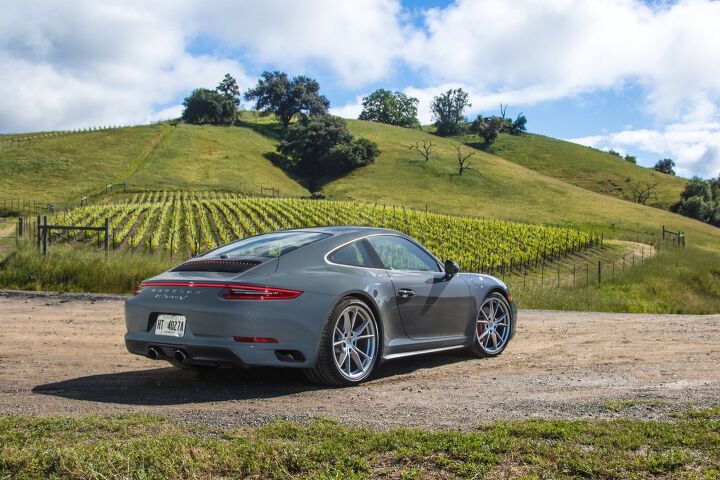
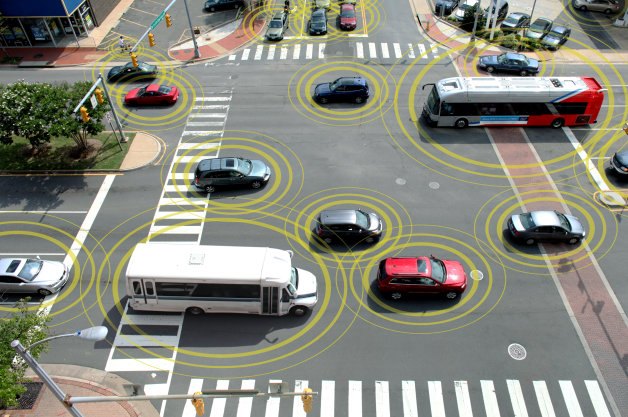
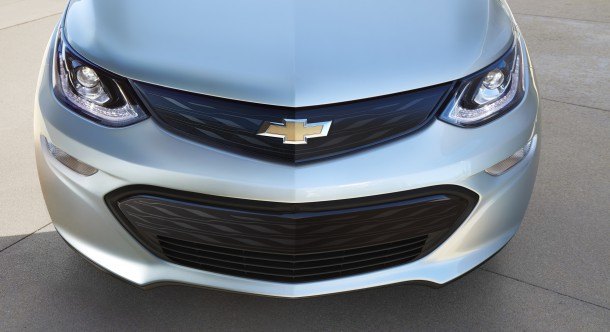

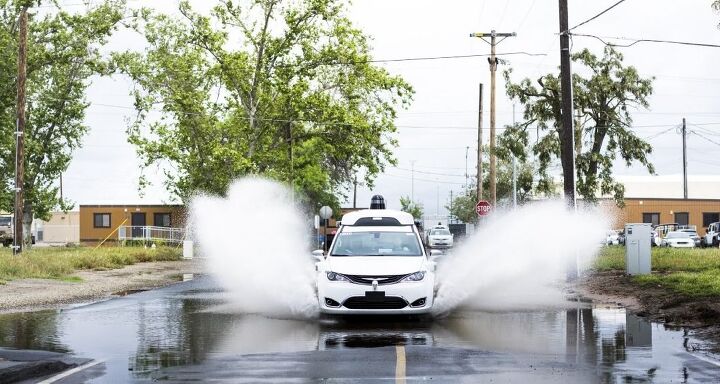

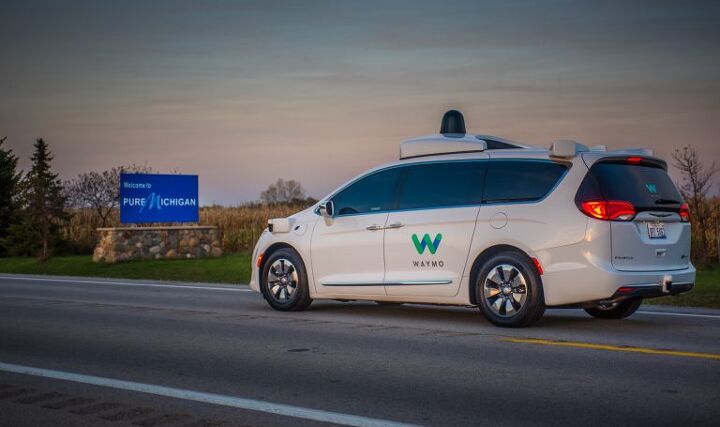




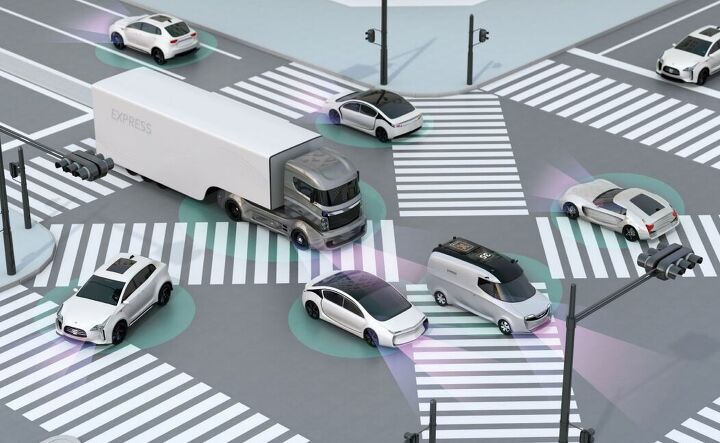
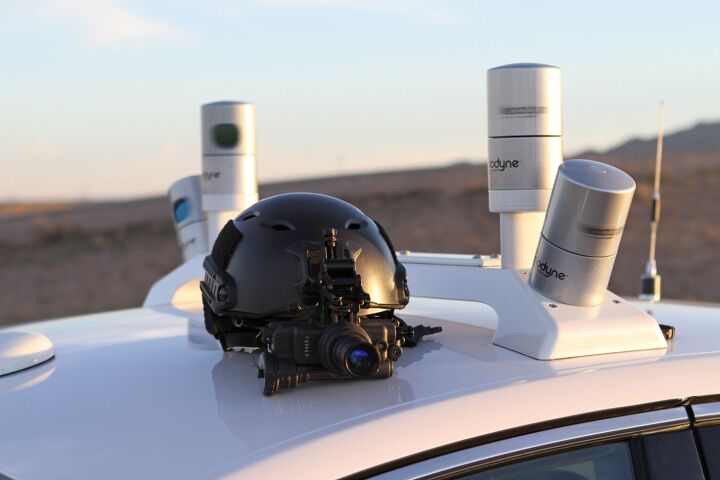














Recent Comments